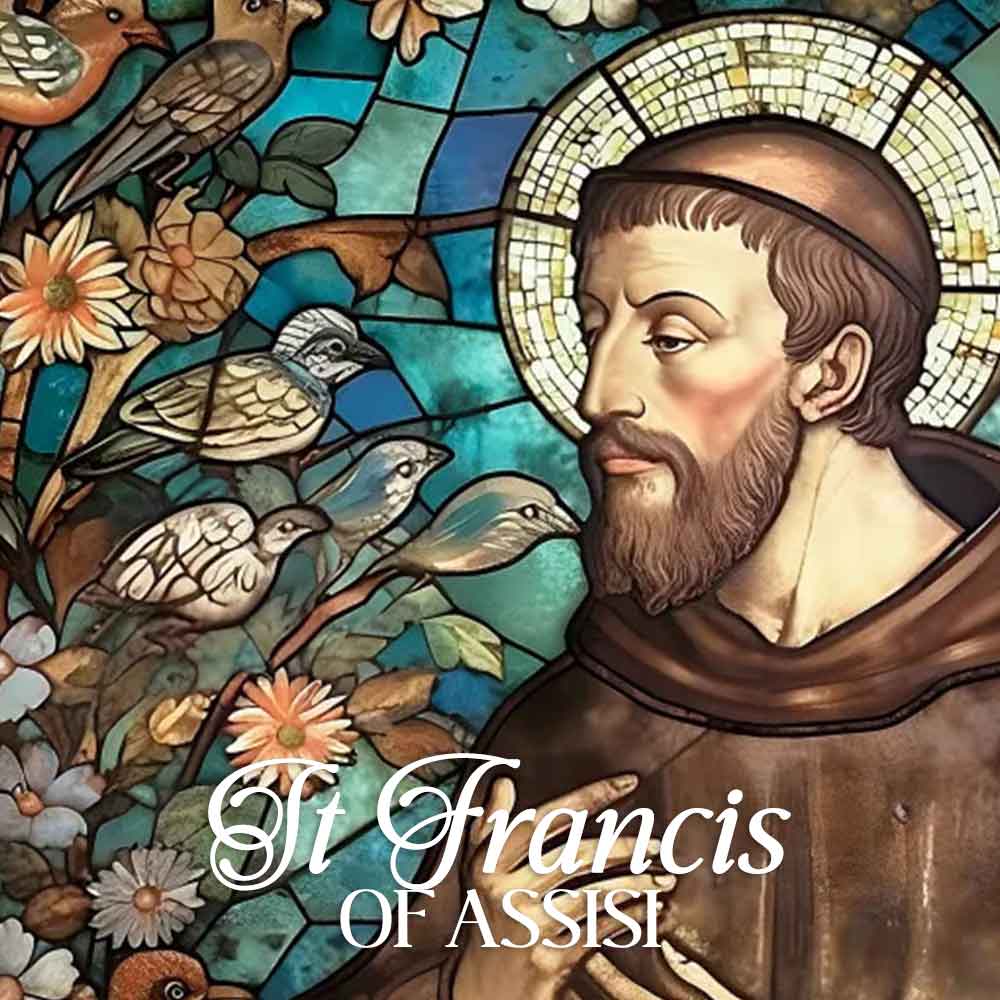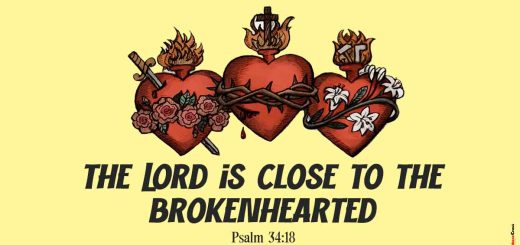The Song of St Francis
St Francis of Assisi wrote his beloved ‘Canticle of the Sun’ 800 years ago – and it is more relevant than ever in our world today. To mark the hymn’s anniversary and St Francis’ feast day on October 4, Günther Simmermacher looks at its background and meaning.
When St Francis of Assisi wrote his famous “Canticle of the Sun”, did he consider the idea that his beautiful words would be recited even eight centuries later? Or that they would be especially relevant in the 21st century, at a time when humanity is hurtling towards the destruction of God’s creation through its greed, selfishness and heedlessness?
St Francis composed the song — also known as the “Canticle of the Creatures” or, in Latin, “Laudes Creaturarum” — in late 1224 or early 1225, while he was suffering from illness at San Damiano monastery, the place where almost 20 years earlier he had heard the exhortation from Christ to “rebuild my church”. Now he was nearly blind, afflicted with the stigmata and in poor health while living in the small cottage which St Clare had built for him.
According to Franciscan tradition, the hymn was first sung in its entirety almost two years later by St Francis — on his deathbed — with two of his original companions, Brothers Leo and Angelo. Its existence is first recorded in 1228, in Thomas of Celano’s biography of the saint, the Vita Prima.
Unlike the text of “Make Me an Instrument of Your Peace”, often falsely attributed to St Francis, the “Canticle of the Sun” is undeniably his work. It is considered one of the earliest works of literature in Italian, rather than Latin, and was novel in its praise of God through the elements of nature.
St Francis, who was born around 1182 and founded the Franciscan Order in the early 13th century, is known for his deep love of nature and all living things — which is why he is the patron saint of animals. There are attractive stories of Francis taming a wolf and preaching to the birds, and another of Francis instructing birds to stop their loud singing while he and his companions were having a meeting.
Brother Sun, Sister Moon, Mother Earth
In the “Canticle of the Sun”, St Francis praises God through “Brother Sun”, “Sister Moon”, “Brother Wind”, “Sister Water”, “Mother Earth” and so on, culminating in giving thanks for “Sister Death, from whom no living man can escape”. Sister Death came for Francis on October 3, 1226, at the site that today is the basilica of St Mary of the Angels in lower Assisi.
Francis wrote the “Canticle” in the regional dialect of Umbrian Italian, rather than in Latin, the language of religious texts at that time. This choice made the hymn accessible to common people.
It is structured as a song of praise, similar to the psalms. It consists of several stanzas, each praising a different aspect of creation. He sees the beauty and harmony in nature as a reflection of God’s glory — which implicitly challenges us today to reflect on what it means when we devastate that beauty and disrupt that harmony.
St Francis’ theology of environmental stewardship, 800 years after it was laid out in song, has significance in modern discussions about ecology and the environment. It is no coincidence that Pope Francis named his groundbreaking 2015 encyclical on care for our common home, Laudato si’, in reference to the “Canticle”. In the song’s original Umbrian text, several lines begin with the words “Laudato si” (“Be praised”), for example, “Laudato sie, mi Signore cum tucte le tue creature” (“Be praised, my Lord, with all your creation”).
Pope Francis opened last year’s follow-up document, the apostolic exhortation Laudate Deum (Praise God), with the words: “‘Praise God for all his creatures.’ This was the message that St Francis of Assisi proclaimed by his life, his canticles and all his actions.”
A profound spirituality
“The Canticle of the Sun” can be read simply as a buoyant hymn of praise, gratitude and hope. It certainly is that. But to understand it, we must also know that the night before Francis wrote it was a miserable one. He was suffering from his illness, could not sleep, and was plagued by mice. But in the morning, as it always does, the sun rose, ushering in a new day with new hope. In the “Canticle”, the rising sun serves as a symbol of divine light amid weakness, pain and distress — in his life and that of the world. Brother Sun’s light signals the life-giving presence of God in a broken world.
Francis’ words may strike us, in our cynical age, as idealistic and even naïve, but that would ignore the profound spirituality that underpins his writing (one may shy away from calling it a theology, for Francis was not a theologian).
“The Canticle of the Sun” expresses a panentheistic view of God, which means that God intersects every part of the universe, also beyond space and time. St Francis sees God as the source and sustainer of all life, present in every aspect of creation, from the sun and moon to the elements of Earth. This view emphasises the sacredness and interconnectedness of all living beings within the divine presence.
The “Canticle” celebrates the beauty and goodness of creation as a reflection of God’s glory and providence. In praising God for the sun, moon, stars, wind, water, fire, and earth, Francis acknowledges them as gifts from God that reveal his divine attributes. He emphasises the inherent value and dignity of all created beings, and thus calls for the reverent stewardship of the natural world — something which humanity has undeniably failed to do, and still fails to do.
St Francis’ challenge for us today
The “Canticle of the Sun” has been widely embraced as a foundational text for ecological spirituality and environmental ethics. Personifying the elements of creation as our brothers and sisters is more than a poetic device. By using familial terms — “Brother Sun,” “Sister Fire,” “Brother Water”, and so on — Francis emphasises his belief in the interconnectedness and unity of all created beings. It is all God’s creation and therefore all part of the divine plan.
Human beings, the “Canticle” teaches us, are not detached from that interrelated ecology but are part of it. When we set ourselves apart from God’s creation, we risk separating ourselves from God. When Sister Death seeks us out, as she inevitably will, where will that leave us?
This principle of kinship reflects the Franciscan belief in the inherent goodness of creation and the shared responsibility of humanity to care for and protect the environment, rather than to abuse creation as a utility that may be exploited, corrupted and destroyed in our perpetual quest for ever-greater profits and comforts.
St Francis’ recognition of the sacredness of all living beings and all of creation challenges us to see the world as a web of relationships in which every creature has a place and purpose.
Read the full text of the “Canticle of Creation” at www.scross.co.za/the-canticle-of-the-sun/
Published in the October 2024 issue of The Southern Cross magazine
- Margaret Alacoque: The Nun who saw Jesus’ Sacred Heart - October 16, 2025
- The Song of St Francis - October 4, 2025
- Shrines around the World: Our Lady of Perpetual Help, Rome - October 2, 2025






